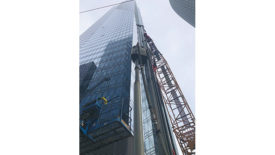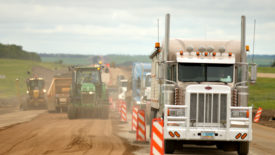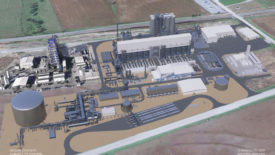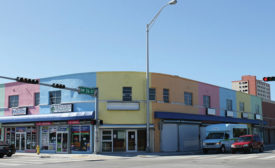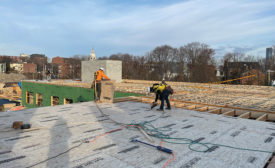News
Highways
Infrastructure Act Spending Could Impact Emissions Reduction Efforts, Analysis Says
Georgetown Climate Center study projects carbon dioxide emissions will drop over 10 years
Read More
Materials
Hydrogen, Carbon Black Plant Gets Conditional $1B DOE Loan for Cleaner Technology
Materials producer Monolith plans commercial-scale expansion at Nebraska plant
Read More
Government
OSHA Vaccine Mandate Set For Jan. 7 Supreme Court Hearing
Predicted high court review of rule challenge will happen before regular court return
Read More
The latest news and information
#1 Source for Construction News, Data, Rankings, Analysis, and Commentary
JOIN ENR UNLIMITEDCopyright ©2025. All Rights Reserved BNP Media.
Design, CMS, Hosting & Web Development :: ePublishing
